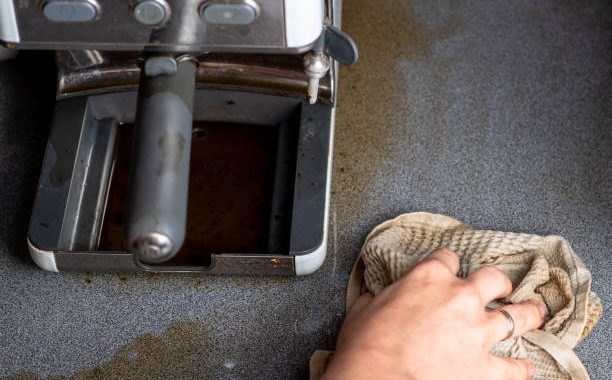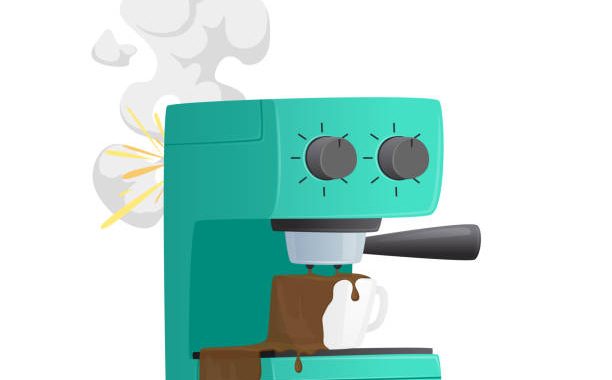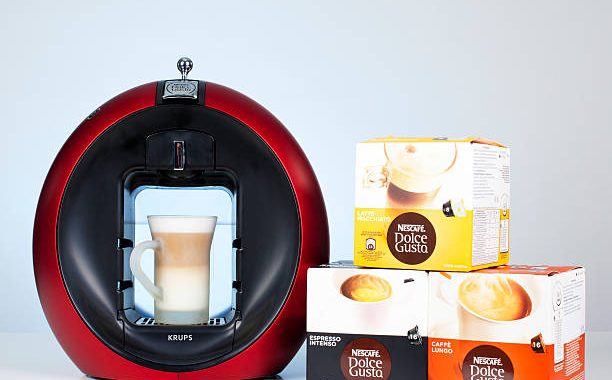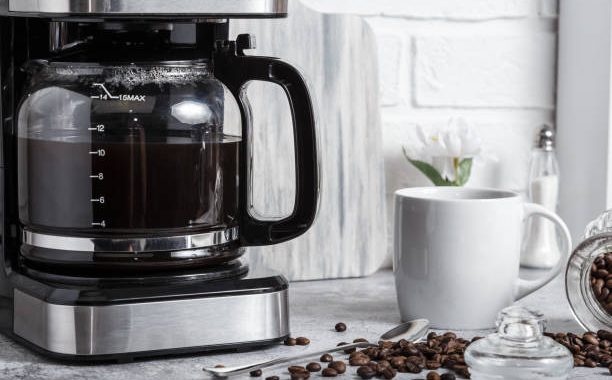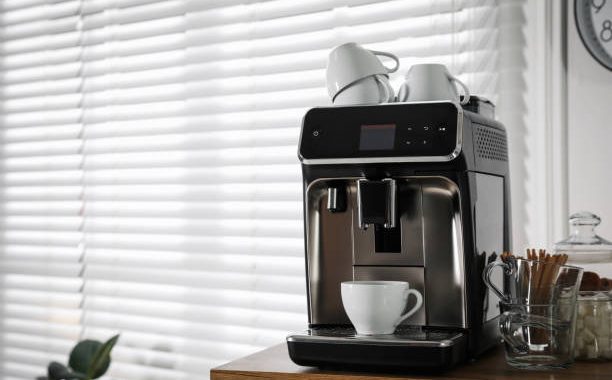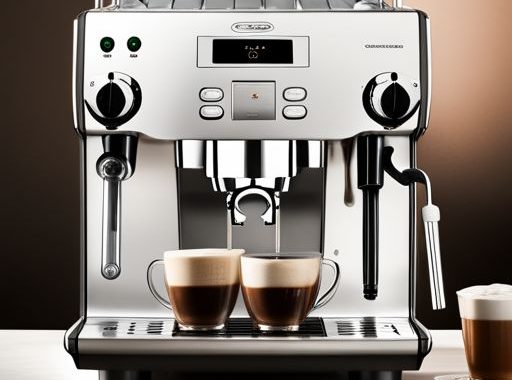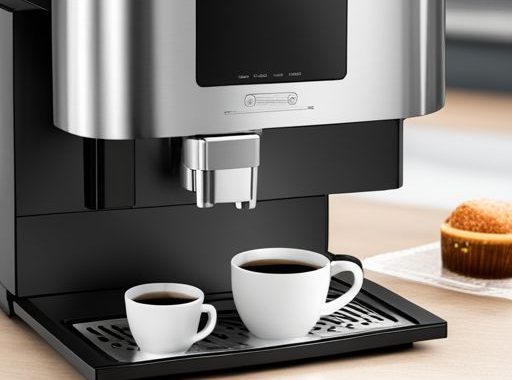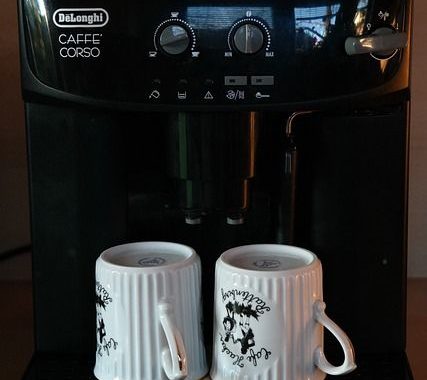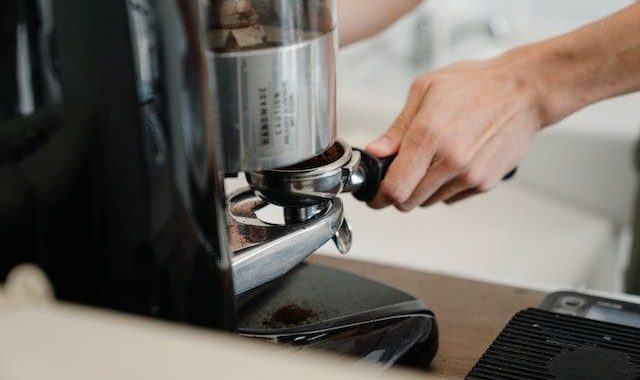If you notice that your coffee machine is leaking water, don't worry - this is a common problem. In this article, we'll discuss the causes of coffee machine leaks and give you some solutions and preventive measures.
The most common causes of coffee machine leaks and their solutions:
- Broken or worn gasket: This is a rubber seal between the coffee pot and the coffee basket. Over time, the gaskets can become worn, brittle and crack, which can cause water to leak. If you notice that the gasket is cracked or broken, replace it with a new one.
- Clogged filter: If the filter has not been cleaned for a long time, it can become clogged, causing pressure and water leakage. Clean the filter regularly to avoid this problem.
- Problems with the connection between the water reservoir and the coffee machine: Check all connections for cracks or leaks and replace damaged parts if necessary.
- Loosely fitted lid: If the lid is not securely fastened, water leakage can be a problem. Try to tighten the lid carefully.
How to prevent coffee machine leaks:
- Check the gasket regularly to make sure it is intact and properly fitted.
- Clean the filter regularly.
- When filling the water tank, make sure it is not overfilled to avoid leakage problems caused by pressure.
- Make sure the lid is firmly closed before you start brewing.
By following these tips, you should be able to prevent or solve your coffee machine's leakage problems and enjoy delicious coffee for a long time.

